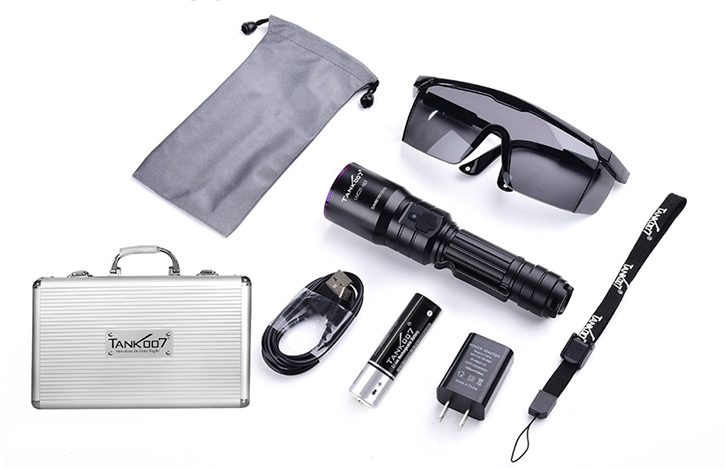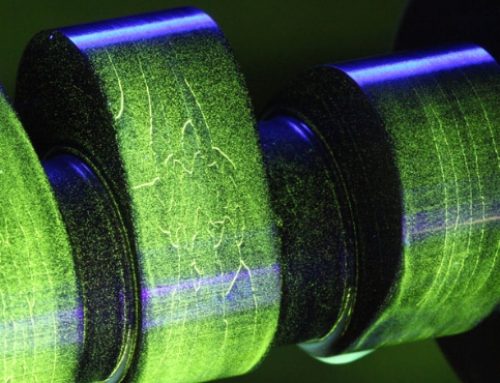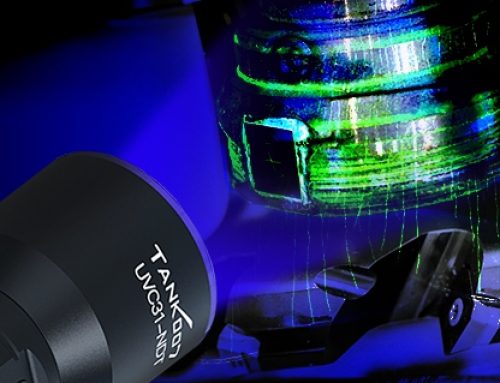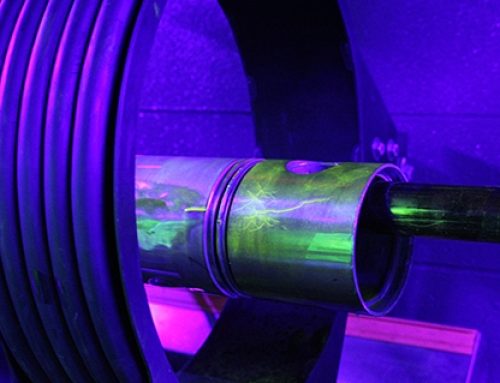Choosing the right NDT (Non-Destructive Testing) UV flashlight is critical to ensuring accurate, efficient, and safe inspections. These flashlights play a vital role in detecting flaws or cracks that are invisible to the naked eye, making them essential tools across a variety of industries. With so many options available, it can be challenging to select the right UV flashlight.
Key Considerations When Choosing an NDT UV Flashlight
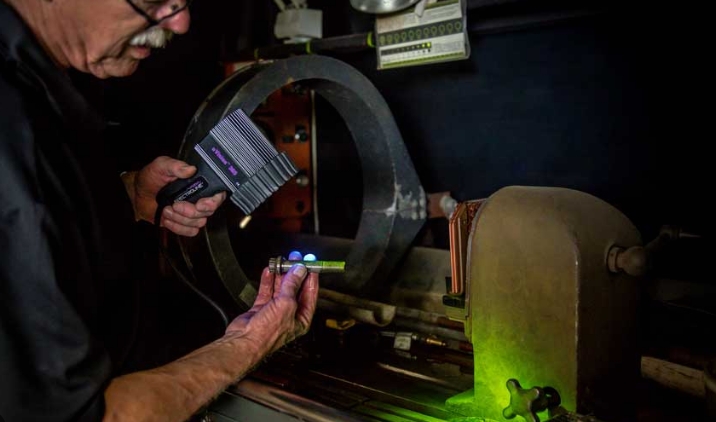
1. Wavelength of UV Light
The wavelength of UV light emitted by the flashlight determines the level of visibility and the types of defects it can highlight. For NDT applications, a UV flashlight with a wavelength between 365 nm and 405 nm is generally recommended.
- 365 nm: Commonly used for detecting surface cracks, leaks, and defects in critical applications. Ideal for materials that require higher sensitivity.
- 405 nm: Offers broader coverage and is effective for general-purpose inspections. Slightly less sensitive than 365 nm.
Wavelength Comparison Table
| Wavelength | Recommended Use | Pros | Cons |
|---|---|---|---|
| 365 nm | Critical NDT applications (aerospace, automotive, etc.) | Detects finer cracks and defects, higher sensitivity | May not work well with all penetrants |
| 385 nm | General-purpose inspection | Broader coverage, works with many standard penetrants | Lower sensitivity compared to 365 nm |
| 405 nm | Basic NDT tasks, surface-level inspections | Longer battery life, works on many materials | Less sensitive, may miss small defects |
2. Light Intensity (UV Power)
The light intensity of an NDT UV flashlight impacts how clearly you can view defects in various lighting conditions. The higher the light intensity, the clearer and brighter the defect appears under UV light. However, higher intensity also means faster battery drain.
- High-intensity flashlights: Ideal for inspections in challenging environments, such as outdoors or in large areas.
- Medium-intensity flashlights: Suitable for standard inspections with moderate battery usage.
- Low-intensity flashlights: Good for smaller or indoor areas with minimal lighting interference.
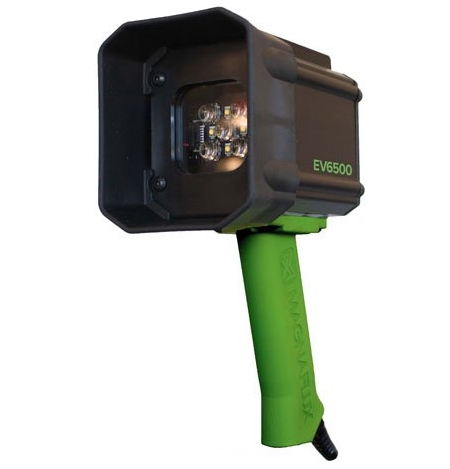
Light Intensity Comparison Table
| Intensity | Recommended Use | Pros | Cons |
|---|---|---|---|
| High | Outdoor inspections, large structures | Bright, penetrates materials easily | Faster battery consumption |
| Medium | Standard industrial applications | Balanced performance and battery life | May not be sufficient in bright environments |
| Low | Indoor inspections or small components | Longer battery life, sufficient for detailed work | Less effective in bright or large areas |
3. Durability and Build Quality
Industrial environments often present challenging conditions such as dust, water, and impact. A durable UV flashlight ensures longevity and reliable performance even under harsh conditions. Look for features like:
- Waterproof: IP65 or higher ratings for protection against water and dust.
- Shockproof: Designed to withstand drops or impacts, which is essential for on-site inspections.
- Temperature resistance: Ability to function in extreme hot or cold conditions.
Durability Rating Comparison
| Rating | Description | Recommended Use |
|---|---|---|
| IP65 | Dust-tight and protected against water jets | General industrial use, moderate conditions |
| IP67 | Fully dust-tight and can withstand immersion up to 1 meter | Harsh outdoor environments, heavy industrial use |
| IP68 | Fully dust-tight and protected from continuous submersion | Extreme conditions, underwater inspections (e.g., marine) |
4. Battery Life and Power Source
Long battery life is critical to minimize downtime and improve efficiency during inspections. Flashlights with rechargeable lithium-ion batteries are popular due to their extended life and high performance. When choosing a flashlight, consider:
- Rechargeable batteries: More cost-effective in the long run.
- Disposable batteries: Convenient for short-term use, but can be expensive over time.
- Battery life: Ideally, a flashlight should last for several hours on a single charge, depending on its intensity setting.
Battery Life Comparison
| Battery Type | Charging Time | Battery Life (per charge) | Recommended Use |
|---|---|---|---|
| Lithium-ion | 2-4 hours | 3-8 hours (depending on intensity) | Regular inspections, long battery life |
| AA Alkaline | N/A | 1-4 hours | Short-term use, low budget options |
| NiMH Rechargeable | 2-3 hours | 2-6 hours | Eco-friendly, cost-effective in the long term |
5. Industry Standards (ASTM E3022)
When choosing an NDT UV flashlight, it is essential to ensure that the flashlight meets industry standards, such as ASTM E3022, which outlines the minimum performance requirements for UV inspection flashlights. Compliance with these standards ensures reliable and repeatable results.
- ASTM E3022-18: Establishes the requirements for UV flashlights used in the inspection of materials, including intensity, wavelength, and beam uniformity.
- ISO 3059: Describes the test methods for UV inspection flashlights used in NDT applications.
A flashlight that adheres to these standards will ensure that your testing is accurate, repeatable, and compliant with industry regulations.
Conclusion: Choosing the Right NDT UV Flashlight for Your Needs
Selecting the right NDT UV flashlight involves considering several factors such as wavelength, light intensity, durability, battery life, and industry standards. Whether you’re inspecting aerospace components, pipelines, or automotive parts, it is important to choose a flashlight that meets the demands of your specific application.
Tank007 offers high-quality NDT UV flashlights that comply with ASTM E3022 standards, providing reliable, durable, and efficient performance. With adjustable intensity, various wavelength options, and long-lasting battery life, Tank007 flashlights are designed to meet the diverse needs of NDT professionals.
